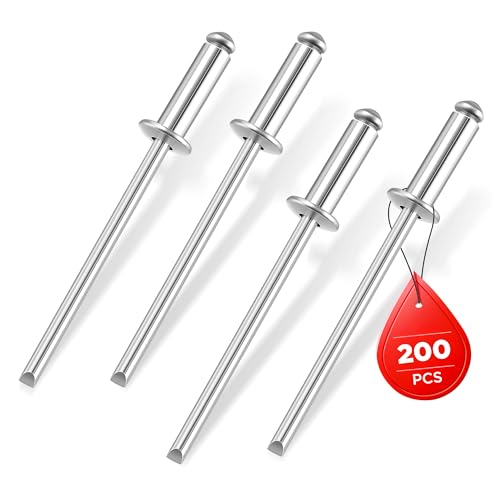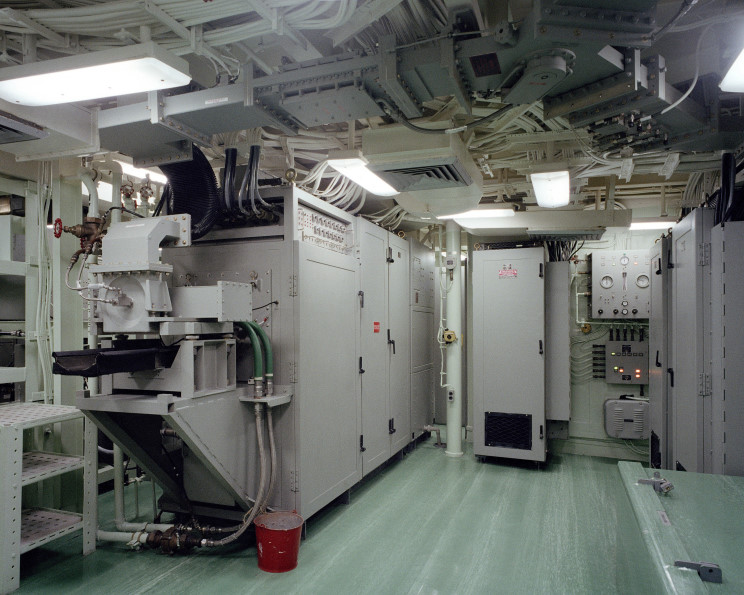[url=https://www.tinboats.net/forum/viewtopic.php?p=336455#p336455 said:
PSG-1 » 13 Dec 2013, 09:06[/url]"]Well, the fact is, if your engine has an electric start, as soon as you hook it to the battery terminals, the hull of your aluminum boat does become a 12V negative circuit. And this is the reason for the anode, because even though you may take every precaution not to ground anything to your hull, your motor is grounded to the hull, and you have to deal with stray current and electrolysis.
As for house wiring, if the conduit is metal, and it is going back to a metal junction box which has a ground wire connected to it, then, the conduit does serve as ground, and this is acceptable by code. Personally, when I put in a run of conduit for house wiring, I use non-metallic conduit, and use THHN wire, not romex, and I run a separate ground wire.





















































